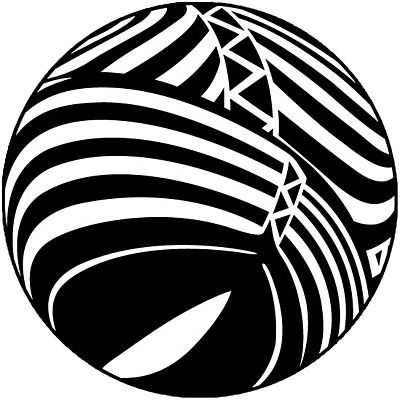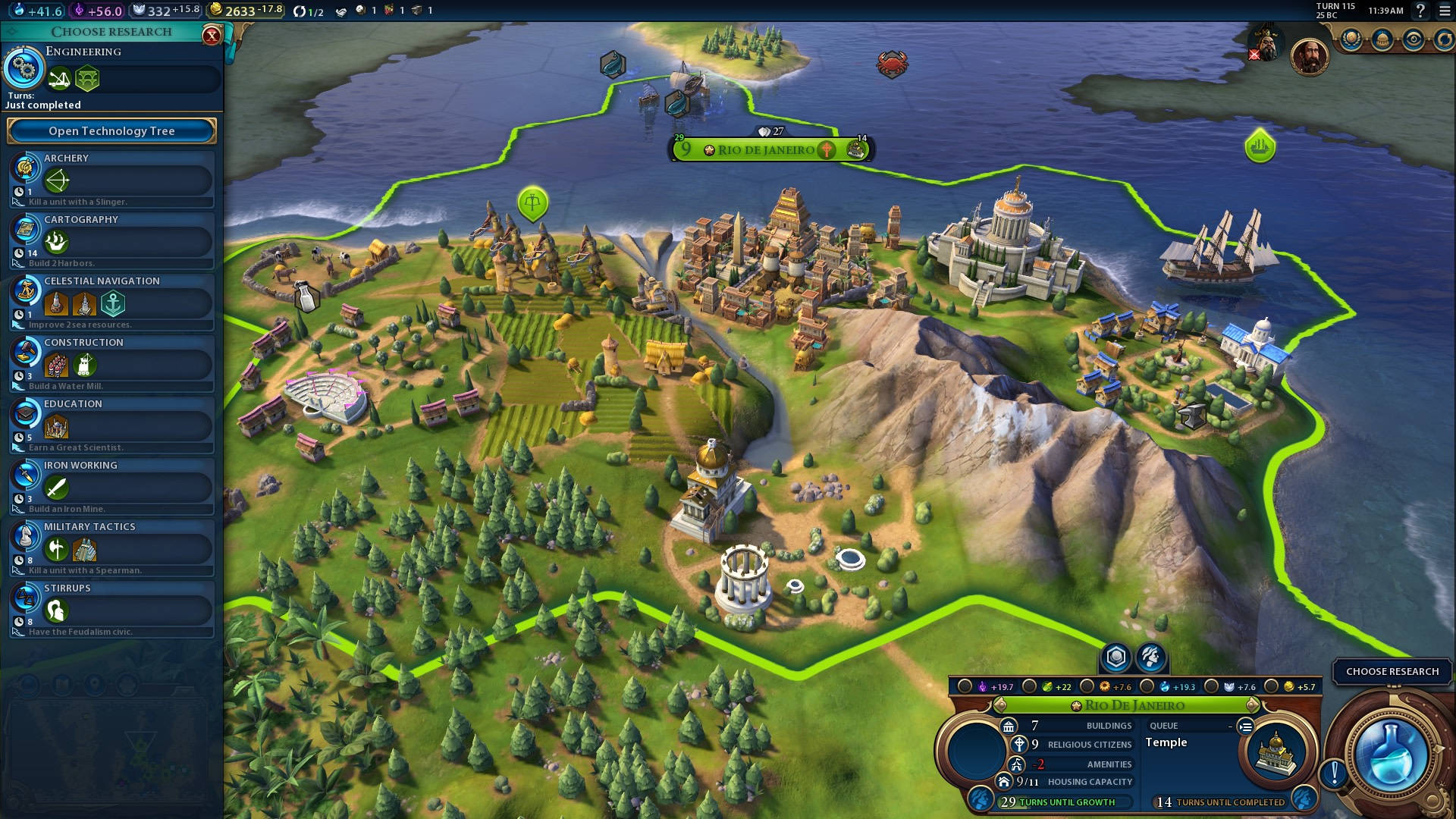I saw that thing on the in-game icon, I think it was in the technology screen, then I found this high res image on the wiki
- 24 Posts
- 31 Comments

 3·1 month ago
3·1 month agoollam runs on the 6700 XT, but you need to add an environment variable for it to work… I just don’t remember what it was and am away from my computer right now
Heat (1995)
Absolute must-watch

 4·7 months ago
4·7 months agochsh does not modify /bin/sh
Maybe you’re thinking of a certain video from a certain YouTuber who linked /bin/sh to fish?

 6·7 months ago
6·7 months agoThat’s… all stow does, there’s nothing more to it. If you need some other feature don’t waste your time trying to make it work with stow, It’s just a meme in my opinion.
About the “package manager” functionality, stow was originally supposed to be a development tool for the Perl programming language, you download a bunch of libraries into a directory, then use stow to merge those files into the root of your project (like a caveman), as it turned out some people started using it to manage dotfiles, and here we are.
When I started trying to organize my dotfiles, I started with stow, but quickly found it very limited.
After that I found dotdrop, which is considerably more involved, but gives you total control. My config with dotdrop quickly started growing insanely huge, at some point I even had system-wide systemd services declared.
Then I found out I was basically reinventing nixos and home-manager, so I switched to that.
Does this happen on wayland, X11 or both?

 121·1 year ago
121·1 year agoHahaha, there’s a video where he says this. I guess most people here don’t know about it. I think Nick shared it on mastodon, but I’m not sure now.

 8·1 year ago
8·1 year agoFor me the appeal is potentially being able to verify that my code at least compiles and has basic functionality on Darwin. No idea if this can be useful for anyone other than developers.

 3·1 year ago
3·1 year agoOn gnome super+left click allows you to move windows, by default.
You can also enable super+right click to resize with gnome tweaks. In my opinion this should be the default.
Maybe you used bpytop, not btop? They look the same iirc.
.users { id: int !primary-key; name: text; } .users::insert { id: 1; name: "John doe"; } @query (max: 10) { .user { display: table; } .users id { display: none; } }
CREATE TABLE display ( id INT PRIMARY KEY, display_property TEXT ); INSERT INTO display (id, display_property) VALUES (1, 'block'), (2, 'inline-block'), (3, 'flex'); CREATE TABLE divs ( id INT PRIMARY KEY, inner_html TEXT, display INT REFERENCES display(id) ); INSERT INTO divs (id, inner_html , display) VALUES (1, 'div1', 1), (2, 'div2', 2), (3, 'div3', 3);
~/gois created when compiling go programs, you can change it’s location with the GOPATH environment variable to something likeGOPATH=$HOME/.local/go, and moving the directory there.Never seen
~/perl5, could you provide the output ofperl -V

 321·1 year ago
321·1 year agoPOV, you are Lula in the next 3 weeks:






Haha, it’s a planet, but I wouldn’t be surprised if the moldy orange visual was intentional from the game developers. This planet’s main mechanic is the agriculture of fruits that spoil.